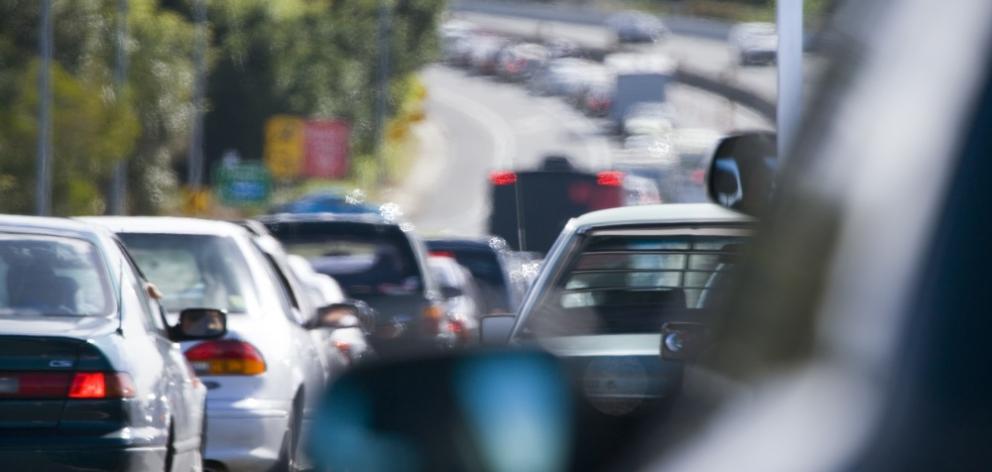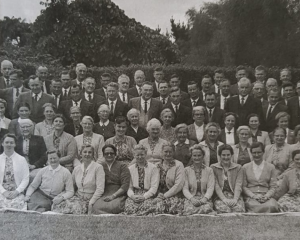
Tailgating might be one of the most annoying things we put up with on the roads - but a new study suggests around half of motorists do it.
Research just shared at this year’s Australasian Road Safety Conference found many motorists monitored in Queensland were leaving less than a two-second gap between them and the vehicle in front.
The study out of Queensland University of Technology also directly linked the aggressive practice with rear-enders, which accounted for one in five crashes in the Australian state.
“This study, for the first time conclusively linked tailgating with rear-end crashes, but we also identified confusion among drivers over what is deemed to be a safe following distance,” said study leader Dr Sebastien Demmel, who presented the findings to the Perth conference this week.
“Despite drivers perceiving they are following at a safe distance, our on-road data showed that in reality most don’t leave the recommended two to three second gap,” he said.
“At some locations 55 percent of drivers were found to leave less than a two second gap between them and the vehicle in front, and 44 percent less than a one second.”
The behaviour, which is rated one of the most annoying driving habits in an AA member survey and was a contributing factor in 10 deaths on New Zealand’s roads in 2015, has seen 2141 people ticketed in the 2015-16 financial year.
Tailgating can attract fines of $150.
Greater Auckland - including the Counties Manukau, Auckland and Waitemata police districts - topped the list with 656 infringements, with the Bay of Plenty and Canterbury next with 305 and 273 tickets issued respectively.
The New Zealand Road Code states motorists can drive at any speed under or equal to the limit, provided they follow a number of guidelines - among them that they can stop suddenly behind any vehicle they’re following.
If a vehicle ahead of a motorist stops suddenly and they run into the back of it, they will be legally responsible.
The Aussie study used Queensland state road crash data to pinpoint rear-end crash black spots, and on-road monitoring to determine driving conditions, speed and tailgating.
More than 500 drivers were also surveyed on their perceptions of driving behaviour and their knowledge of safe following distances.
Dr Demmel said it was concerning that most drivers reported keeping the same gap regardless of traffic flow or road type.
“One of the reasons drivers may not be leaving a safe following distance is because 60 percent used metres or another unit of distance rather than the recommended seconds to assess a safe following distance.
“When using metres compared to seconds, the gap between vehicles changes, however most drivers said they kept the same gap length regardless of traffic flow or travelling speed.”
Dr Demmel said rear-end collisions account for around one in five crashes on Queensland roads and contribute to 25% of the total cost of claims to the Queensland compulsory third party (CTP) scheme.
“If we can reduce rear-end crashes, we will see a reduction in crashes and the number of people being injured, which will lead to a corresponding reduction in CTP premiums.”
A 2015 Colmar Brunton poll of 1000 New Zealand drivers asked what habits were found to be the most annoying in other drivers, and found tailgaters the most common cause of road rage.
Tailgaters, drivers that don’t use indicators and texting drivers were the three most annoying habits.
“Crawlers”, or people who drive slowly, were also considered annoying, and people who use their cellphone for calls rounded out the top five most annoying.












